After ‘Misleading’ Beta Announcement, DxO Makes Good on its Fuji X-Trans Promise
Earlier this year, PetaPixel reported that DxO PureRAW’s Beta support for Fujifilm X-Trans was misleading, leading the company to acknowledge the poor communication surrounding the highly anticipated support. Now, five months later, DxO may have made up for its mistake, as X-Trans support is complete and looks excellent.
As a recap, DxO originally stated that the PureRAW Beta, which was bundled as part of a software upgrade, would support Fujifilm X-Trans. However, in follow-up communications to customers, DxO noted that the 40-megapixel X-Trans sensor wasn’t part of that support. Since a lot of Fujifilm photographers are using this higher-resolution sensor, the PureRAW Beta was largely useless to them. DxO would go on to apologize for the poor communication, especially since photographers might not have seen this limitation until after they purchased the upgrade — a move some photographers characterized as a “rug pull.”
“We acknowledge that our communication on this subject may have been unclear or misleading. Furthermore, due to the time gap between the announcement and the release of PureRAW 5, customers may not have had the opportunity to enjoy our usual free, full-featured 15-day trial period,” Nicolas Beaumont, Director of Press and External Relations at DxO wrote in his apology in April.
“Please rest assured that it is absolutely not DxO’s policy to force a purchase. We believe every customer should have the opportunity to thoroughly test our solution before buying — and to be fully satisfied with their purchase. Therefore, any customer who recently purchased PureRAW 4 with the intention of upgrading to PureRAW 5 and is not satisfied will be fully reimbursed.”
PetaPixel‘s original report on the poor communication around PureRAW’s X-Trans Beta was thanks in large part to photographer Jai Singh, who reached out in early April and expressed concerns over DxO’s marketing language. Singh was initially denied a refund after he discovered the limitation, but received one after DxO’s apology. With the full release of X-Trans support this week, Singh decided to give the software another chance.
In an email to PetaPixel, he says the software works as advertised and in most cases shows marked improvement over Adobe Camera RAW (ACR).
“I ran old files that were shot at very high ISO, and it’s pretty wild how it could extract details. Even files shot at base ISO have dramatically more shadow recovery. Files appear a little cleaner than they did with DXO’s XD2m,” Singh says.
“I shoot weddings with a7R IV cameras and my wife will occasionally second shoot for me with the X-T5’s. DeepPRIME XD3 brings my Fujifilm files pretty close to my Sony file in terms of detail and dynamic range.”
Singh provided a few samples to illustrate his findings, and the majority show a mix of slight improvements to some that are significantly better. Starting at the “slight” end of the spectrum, Singh provides a photo he took at the Port of Los Angeles, where text, specifically the words “Hard Hat Area,” is far more readable when processed with PureRAW versus ACR.
First, this is the full photo:
![]()
Below is a side-by-side of this photo processed with ACR versus PureRAW:
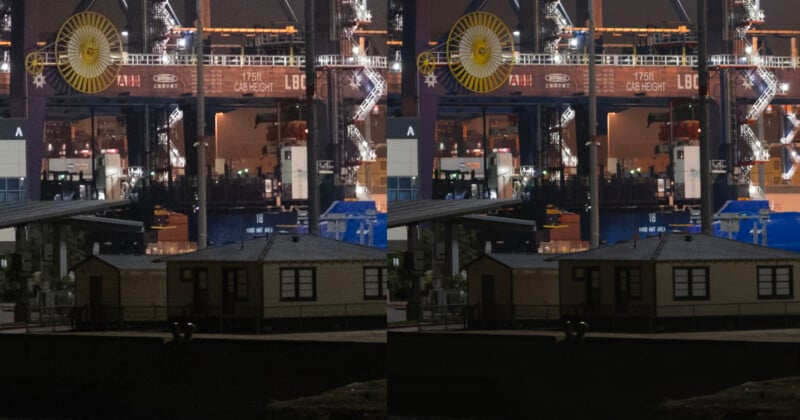
The difference is slight, but there is no doubt that the PureRAW process is superior. Singh says that the text is pretty indistinguishable in the RAW but is very easily readable in the PureRAW process, which is fair.
This kind of detail isn’t necessarily crucial to many photographers, so the following example is far more illustrative of what more will care about: color and noise. Singh provided the photo below of his wife in a dark room next to a vintage Kodak sign. Most of the image is very underexposed.
![]()
For the purposes of demonstration, PetaPixel raised the shadows significantly to see how each file would react. Processed in ACR, a significant amount of noise is introduced, and Singh notes that the color is shifted and saturation is lost.
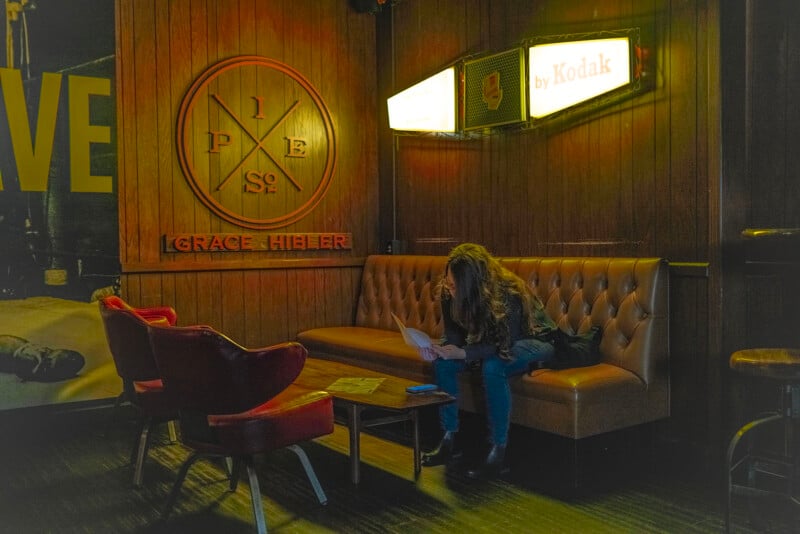
When processed in PureRAW, however, the colors are far more consistent, and the shadow detail is far superior. Noise overall is also reduced, while detail is also maintained.
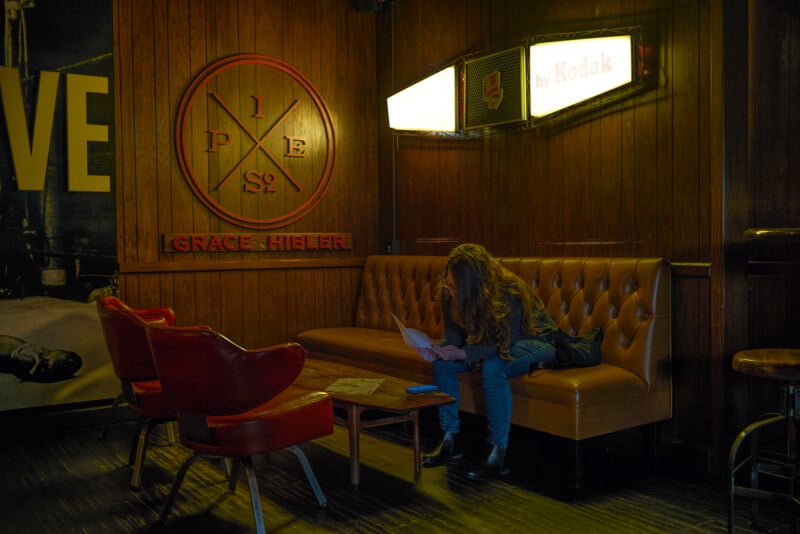
Singh provided several other examples where PureRAW regularly produces better results than ACR, but there is one example where he says it’s not perfect.
“I see one photo where DxO caused issues. The creepy cat photo has horizontal lines in the dark out of focus areas that are not present in the RAW. This was taken with mechanical shutter and with a low enough shutter speed where the banding from the lights should not be an issue,” he says.
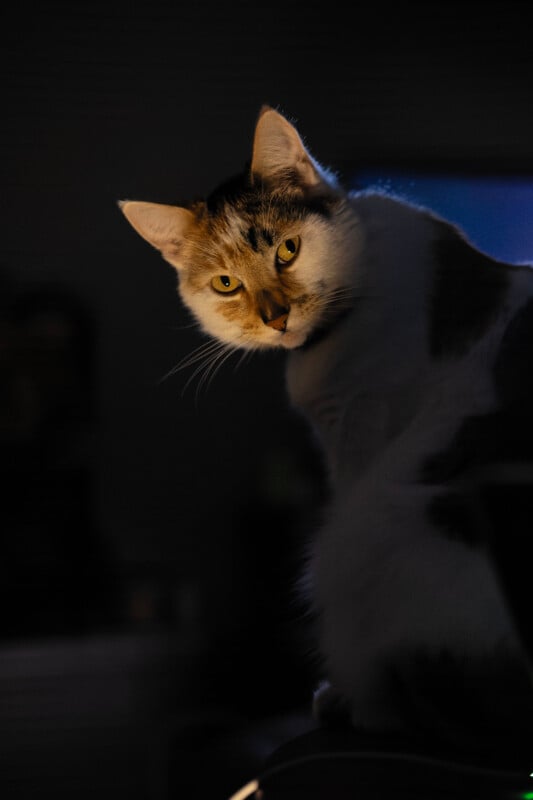
“Lightroom’s AI Denoise does not have this issue, although I think DxO did a better job on the cat. This is the one photo I’ve seen where that problem exists. I will report this issue to DxO.”
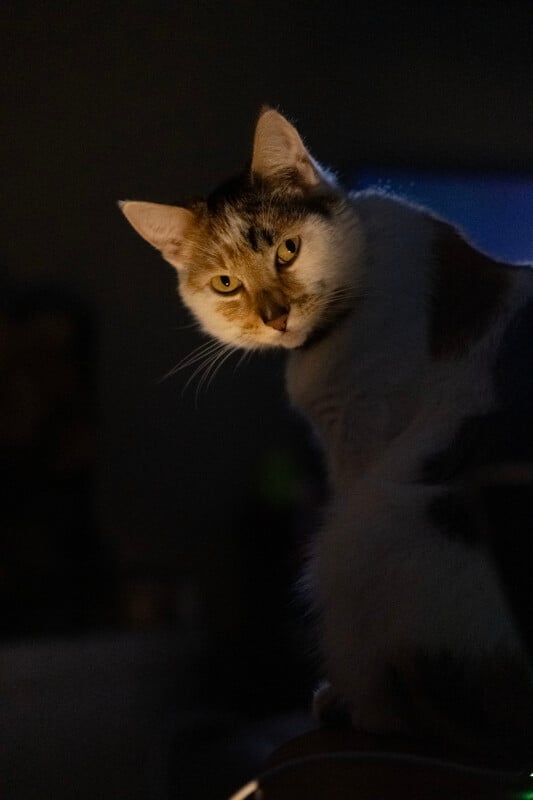
While not batting 1.000, DxO has clearly made good on its support for X-Trans sensors. Photographers who were initially put off by the company’s poor communication this past spring may now see a reason to try again, especially given how substantially better the results can be versus processing through ACR alone. That is, of course, going to be a decision every photographer will have to make for themselves.
Image credits: Photographs by Jai Singh. Header graphic via DxO